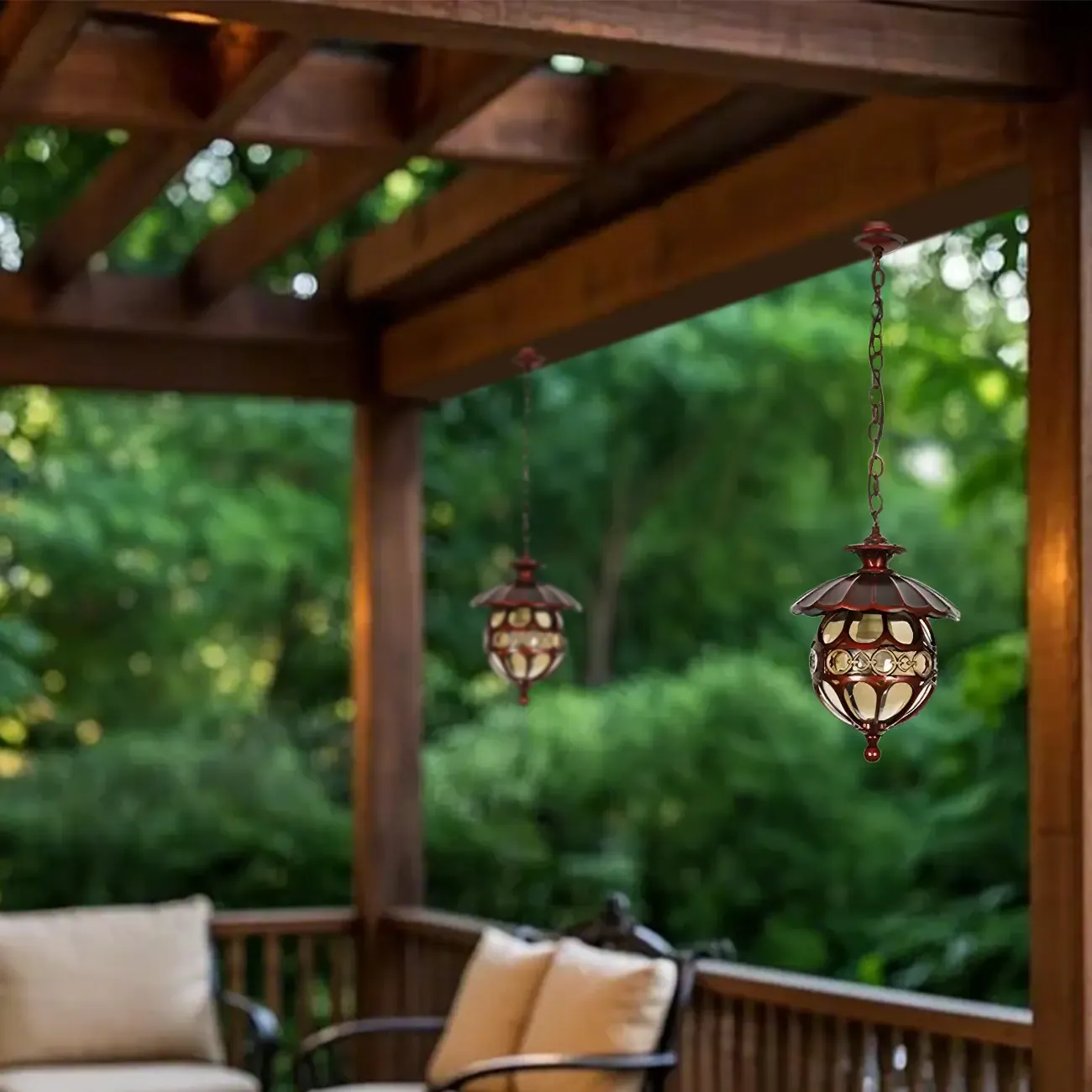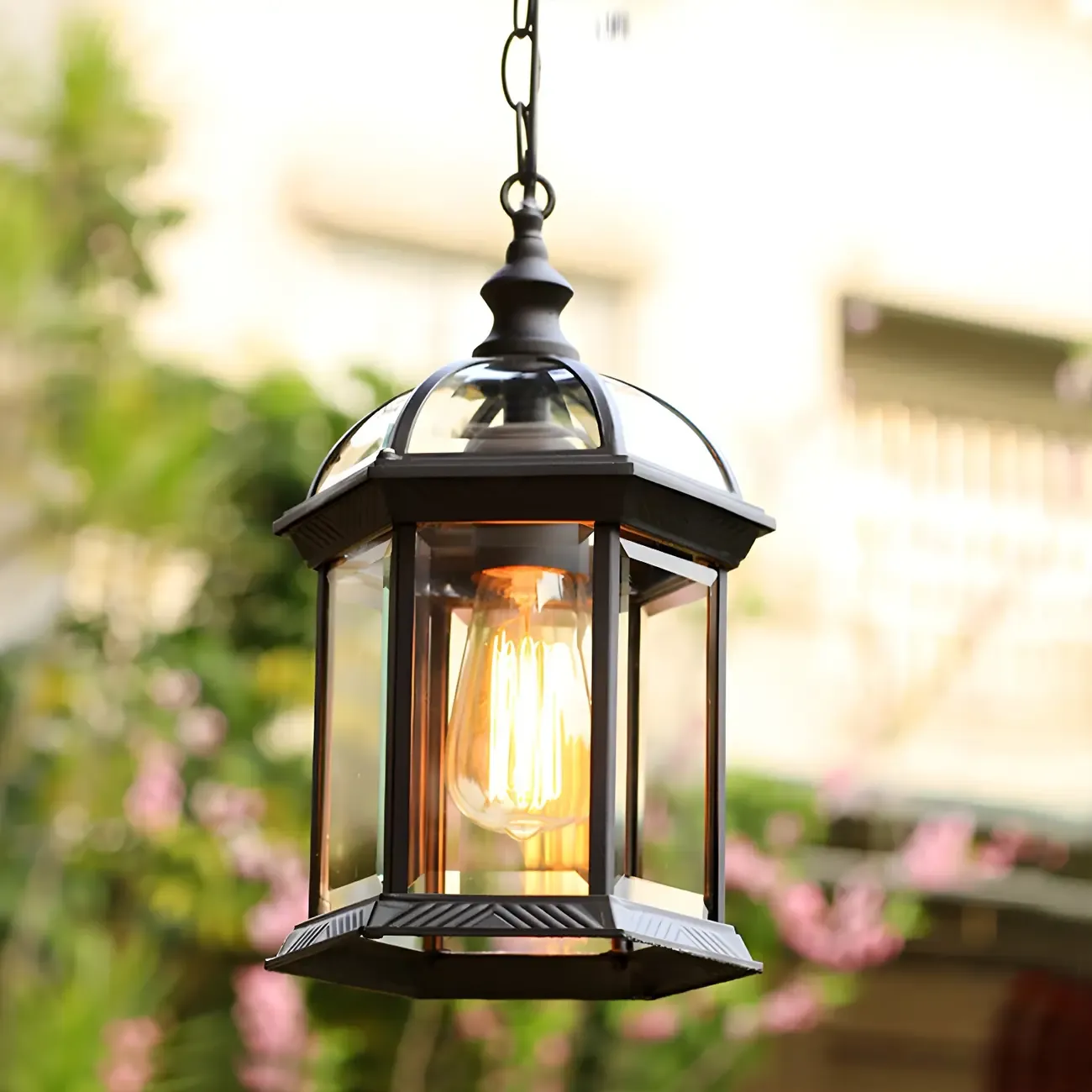Without a doubt, Outdoor Sconce Lighting are a jewel for our homes’ exteriors. Think of hosting a backyard BBQ under softly glowing sconce lighting. But only until a storm fries their wiring or a squirrel turns them into a chew toy.
The improper installation of sconce lighting isn’t just annoying; it’s also a safety hazard. From water damage to wind-wrecked fixtures, skipping key sconce lighting installation steps can cost you hundreds.
But fear not! We’ll walk you through an easy installation process for weatherproof wiring, animal-proof setups, and pro tips for wall sconces that shine brighter and longer. Let’s get started.
The Risks of Improperly Hanging Outdoor Sconce Lighting
These sconce lighting add charm to your patio or porch, but if you install them improperly, you will be flirting with disaster. Faulty setups aren’t just inconvenient; they are dangerous too. Let’s break down the top risks so you can dodge shocks and also save money.

If you are thinking of installing outdoor sconce lighting, make sure you are doing a proper and safe installation. Because such improper installation can create some serious hazards.
The biggest risk is electrical fires. In fact, over 6% of home electrical fires occur due to improperly installed lighting equipment.
If your outdoor sconce has exposed wires, loose connections anywhere, or improper waterproofing, this can lead to a spark. Especially if there are flammable materials like dry leaves or wooden decks near sconce lighting.
Another risk with this is water damage. If your outdoor lighting is not waterproofed or poorly sealed, this can cause moisture in fixtures. Such moisture can then lead to short circuits, corrosion, or electrical shock hazards. However, to avoid such hazards, many companies prefer for users to use IP65+ rated lights, as they can withstand rain and moisture.
With outdoor sconce lighting, there is also the risk of critters chewing on the wires. Rodents and birds often chew through exposed wires or nest in junction boxes. In fact, according to a study, rodents can chew off electrical wires, which can start fires, and that certainly includes wiring in outdoor spaces.
6 Steps to Install an Outdoor Sconce Lighting
Now that you are aware of the potential risks of improper outdoor sconce lighting installation, here is how to install them properly.
Step 1: Start By Preparing Your Tools
First thing, you should start by gathering essential tools to install outdoor sconce lighting, like a voltage tester, drill, weatherproof wire nuts, silicone sealant, and a ladder.
Also, double-check your fixture’s manual for special requirements, for example, masonry bits for brick walls.
Step 2: Cut the Power & Test Wires
Safety first! So. You should shut off the circuit breaker for your outdoor lights. You can also use a non-contact voltage tester to confirm wires are dead.
There should be no exceptions here. You can also try taping a warning note to the breaker to prevent accidental reactivation.
Step 3: Pick a Weatherproof Fixture

Not all lights survive outdoors. Opt for IP65+ rated fixtures (dustproof + waterproof) with UL/ETL certification, like with IP66-rated handles, monsoons, and sleet.
Step 4: Mark & Drill Mounting Holes
Now, hold the fixture’s bracket against your installation spot and mark drill points. For stucco or brick, use a masonry bit and anchors; for wood, standard screws work well.
Then, angle the bracket slightly downward to shed rainwater; this tiny tilt will prevent pooling and corrosion.
Step 5: Connect & Seal Wires
An easy way to do this correctly is to match colors. You should put the black (hot) wire to the black wire, the white (neutral) to the white, and the green (ground) to the green.
Then twist wires tightly, secure with weatherproof nuts, and slather connections with silicone sealant. This combo blocks moisture better than duct tape ever could.
Step 6: Secure & Test Your Fixture
Finally, attach the sconce to the bracket and tighten all screws. Restore power and test if it glows.
If it works fine, then apply sealant around the edges to lock out rain. For windy areas, add anti-sway clips to keep lights steady in storms.
Defeat Nature: Protection from Wind, Rain, and Critters
Outdoor sconce lighting have faced many natural challenges over the years. From howling winds and torrential rains to chew-happy critters, they are always ready to ruin your sconce lighting.
But with the right reinforcements, your lights can face any challenges thrown at them. Here’s how to armor up to defeat natural disasters.
Let's tackle the wind first. The wind turns unsecured fixtures into dangerous pendulums. So, you should install anti-sway brackets to anchor lights firmly to the ceilings or eaves. And for extra stability, opt for fixtures with weighted bases or shorter chains that minimize swing.
Then comes the rain. Rain is the ultimate sneak attacker; it can seep into gaps and fry the circuits.
To avoid short circuits, choose IP65+ rated fixtures, as they are built to withstand downpours. Seal wire connections with silicone caulk, and add a protective canopy over the fixture to deflect water.
Critters see your wires as chew toys and junction boxes as cozy condos. So, wrap exposed wiring in steel conduit, as raccoons and squirrels hate the taste of it.
For nests, spray a peppermint oil repellent around the fixture (because rodents despise the smell). You can also trim nearby tree branches to cut off critter highways.
Where to Hang Outdoor Sconce Lighting: Balance Style & Safety
Outdoor sconce lighting aren’t just décor; they’re functional art. If you hang them wrong, you’ll battle glare, shadows, or worse, a face-full of swinging metal. Here’s how to nail placement for ambiance, safety, and curb appeal.
1. Entryways & Porches
One good spot to hang out outdoor sconce lighting is at entryways or porches. You should hang lights 6.5–7 feet above the ground to avoid the head.

You can center them over the door or flank both sides for symmetry. For narrow porches, opt for slim-profile fixtures to save space.
2. Over Outdoor Dining Tables
Another good way to utilize sconce lighting is to hang them over outdoor dining tables. You should suspend lights 30–36 inches above the table for intimate, shadow-free dining.
This will be the perfect height to avoid any light dispersals or bumps when reaching for guacamole. Try choosing dimmable options to toggle between brunch brightness and date-night ambiance.
3. Along Walkways & Stairs
You can also hang sconce lighting near stairs or walkways. For this particular use, try spacing sconce lighting 8–10 feet apart along paths to illuminate steps without blinding guests.
Use fixtures with downward-facing shades to focus light on the ground. And avoid hanging lights directly over stairs; you should opt for Outdoor Sconce Lighting alternatives instead.

4. Under Pergolas & Gazebos
For this use, cluster 2–3 sconce lighting over seating areas, 7–8 feet high, to define the space.
You should also go for weather-resistant materials like powder-coated metal or rattan when installing lighting, especially here. And angle the lights toward seating, not outward, to avoid glare for neighbors.
Try Outdoor Sconce Lighting And More With Shopzowala
Outdoor sconce lighting are not just functional; they are also the finishing touch that turns your patio into a sanctuary. By now, you’ve learned to dodge electrical hazards,
Weatherproof like a pro, and hang fixtures where they shine brightest. But the real magic happens when you pair that knowledge with lights that are built to last!
At Shopzowala we provide you with every home furniture need to create a cozy ambient look for your home. Check out our website for the latest collection. Want to learn more about home designing and lighting? Go to our free blog resource.
Frequently Asked Questions
Q1: Can I install outdoor sconce lighting by myself, or do I hire an electrician?
A: Yes, you can install outdoor sconce lighting by yourself.
Q2: How high should outdoor sconce lighting hang over a dining table?
A: The best height to hang an outdoor sconce lighting is like about 30 to 36 inches above the table surface. But you can also adjust it for taller or shorter seating.
Q3: What are some of the best bulb options for outdoor sconce lighting?
A: The best bulb type for outdoor sconce lighting is LED bulbs (2700K–3000K).






